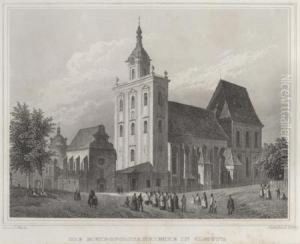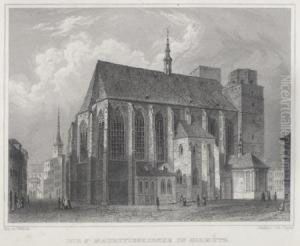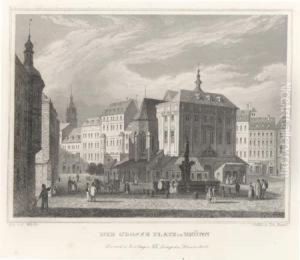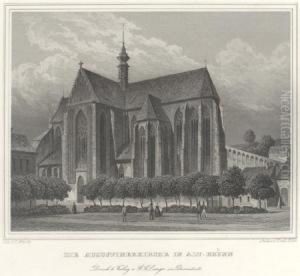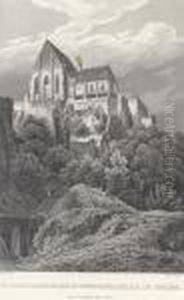Karl Wurbs Paintings
Karl Wurbs was an Austrian artist known primarily for his work as a graphic artist, painter, and illustrator. Born in 1903 in the Austro-Hungarian Empire, Wurbs spent a good portion of his life working through a period of intense political and social change, which was often reflected in the art of the time.
Wurbs was educated at the Academy of Fine Arts in Vienna, where he developed his skills in graphic arts and painting. Throughout his career, he showcased a variety of styles, often leaning towards expressionism and new objectivity. His work was part of the art movements that characterized the interwar period, and his illustrations often depicted social scenes, landscapes, and the human condition.
During his lifetime, Wurbs' work was recognized and exhibited in various galleries and shows. However, like many artists of his time, his work may not have received the same level of international attention as some of his contemporaries. Nevertheless, within Austrian art circles, he was respected and contributed to the vibrant art scene of the 20th century.
Karl Wurbs passed away in 1976. While he may not be widely known today outside of Austria, his works are part of the narrative of European art history from that era. They represent the perspective of an artist navigating the complex cultural shifts of the 20th century. His legacy is preserved in the collections of those who appreciate early 20th-century Austrian art, and his contributions continue to be studied by art historians interested in the period.

